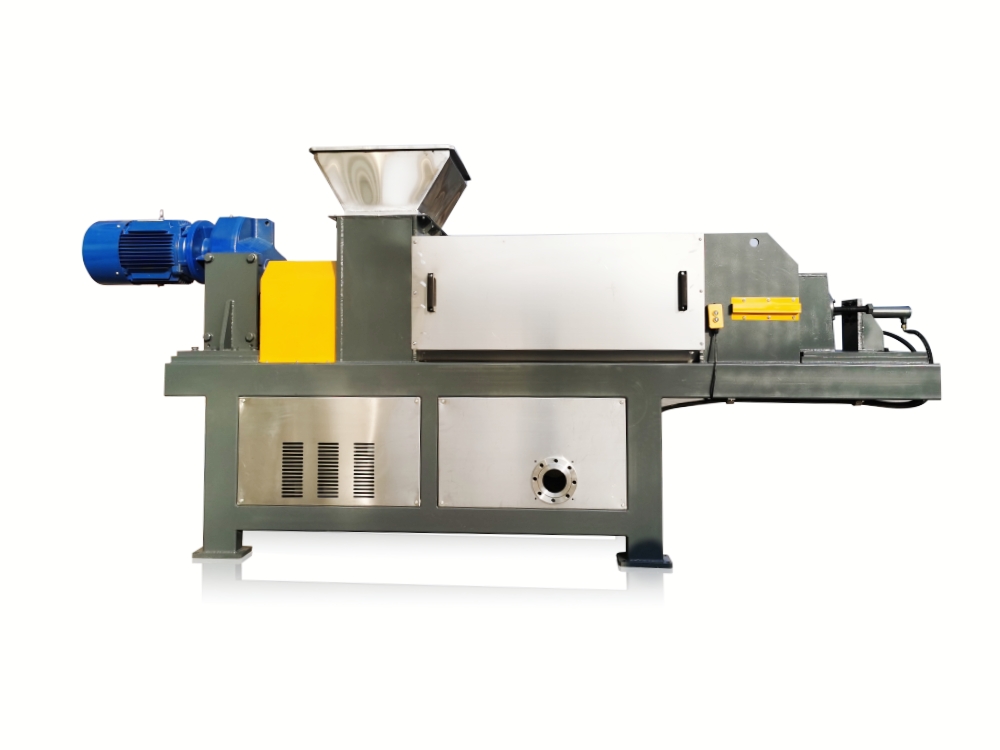
Abstract:
The paper pulp dewatering machine plays a crucial role in the pulp and paper industry by efficiently removing water from pulp, facilitating the production of high-quality paper products. This article provides an in-depth exploration of the key features, working principles, and applications of paper pulp dewatering machines. Additionally, it highlights the importance of these machines in enhancing the overall efficiency and sustainability of paper manufacturing processes.
Introduction:
The pulp and paper industry relies heavily on the efficient removal of water from pulp to produce paper with the desired characteristics. Paper pulp dewatering machines serve as essential equipment in this regard, enabling the extraction of excess water from pulp, thereby improving the quality of the final paper product.
Key Features of Paper Pulp Dewatering Machines:
a. Robust Construction: These machines are typically constructed with durable materials to withstand the harsh conditions of the pulp and paper manufacturing environment.
b. Efficient Water Removal: Paper pulp dewatering machines employ various mechanisms, such as gravity, pressure, or centrifugation, to effectively separate water from pulp, ensuring optimal moisture content for papermaking.
c. Automation and Control: Modern dewatering machines often feature advanced automation and control systems, allowing operators to fine-tune the dewatering process for different pulp types and production requirements.
Working Principles:
a. Gravity Dewatering: In gravity dewatering machines, pulp is subjected to gravitational forces, allowing water to drain away under the influence of gravity. This method is suitable for certain types of pulp with higher drainage characteristics.
b. Pressure Filtration: Some dewatering machines use pressure to force water out of the pulp. This method is particularly effective for pulps with lower drainage rates.
c. Centrifugal Dewatering: Centrifuges utilize centrifugal force to separate water from pulp, providing a rapid and efficient dewatering process. This method is well-suited for high-volume production.
Applications in the Pulp and Paper Industry:
a. Pulp Preparation: Paper pulp dewatering machines are employed during the initial stages of papermaking to prepare pulp with the optimal moisture content for subsequent processing.
b. Recycled Paper Production: Dewatering machines are crucial in the recycling process, helping remove water from recovered paper fibers before they are reintegrated into the papermaking process.
Advantages and Challenges:
a. Advantages: Paper pulp dewatering machines contribute to increased production efficiency, reduced energy consumption, and enhanced paper quality.
b. Challenges: Some challenges associated with dewatering machines include maintenance requirements, variations in pulp characteristics, and the need for continuous monitoring to optimize performance.
Conclusion:
Paper pulp dewatering machines are indispensable in the pulp and paper industry, offering efficient water removal solutions for improved paper quality and sustainability. Understanding the key features, working principles, and applications of these machines is essential for optimizing their performance in the paper manufacturing process. Ongoing research and technological advancements in dewatering technology will likely contribute to further improvements in the efficiency and environmental sustainability of the pulp and paper industry.

 TEL:+86 15336363999
TEL:+86 15336363999
 WeChat:gongchris1111
WeChat:gongchris1111
 ADD:Fangzi District, Weifang City, Shandong Province, China
ADD:Fangzi District, Weifang City, Shandong Province, China